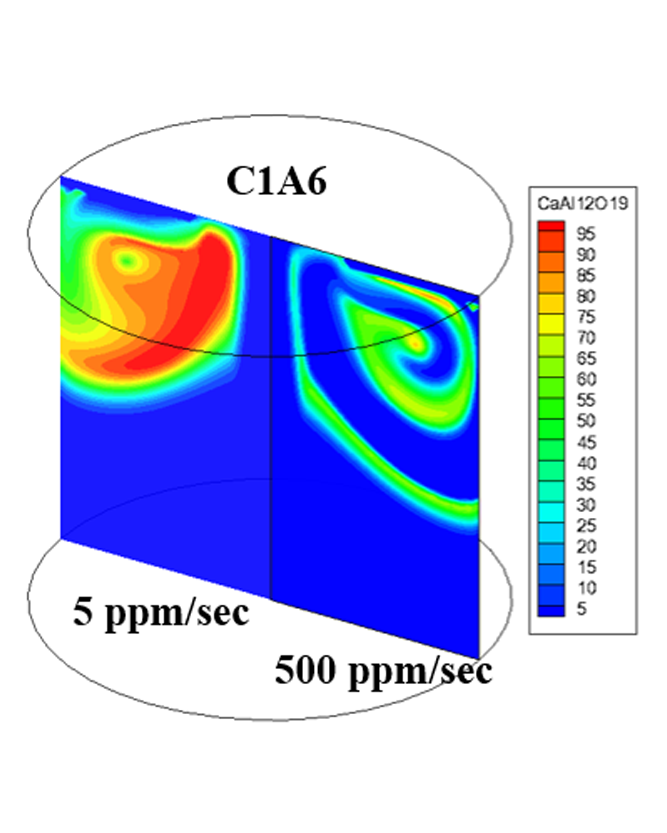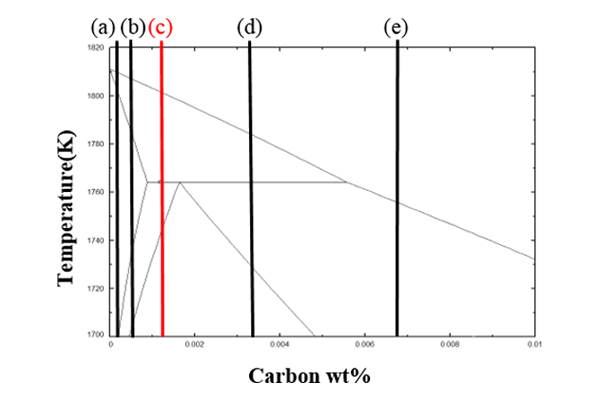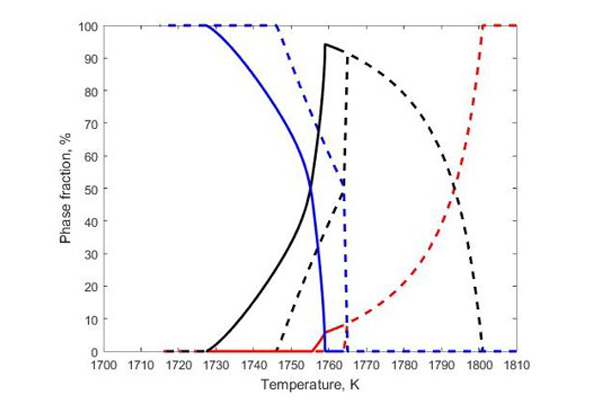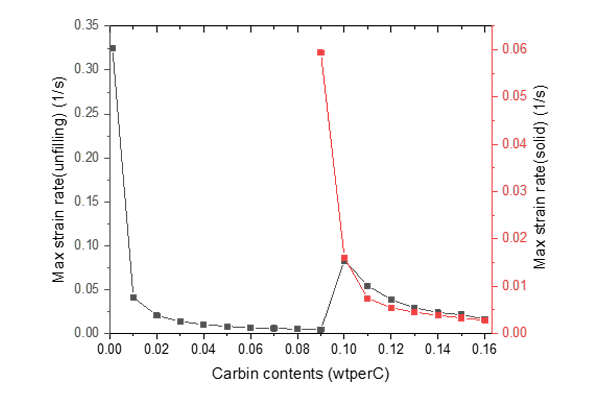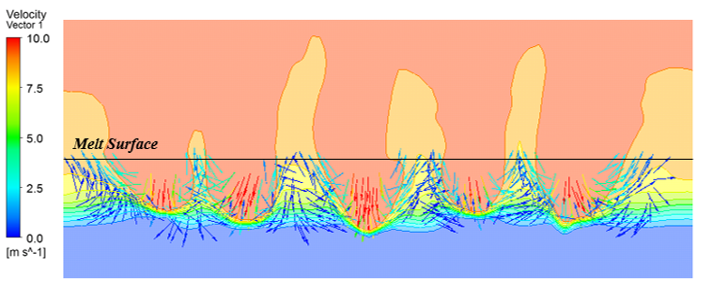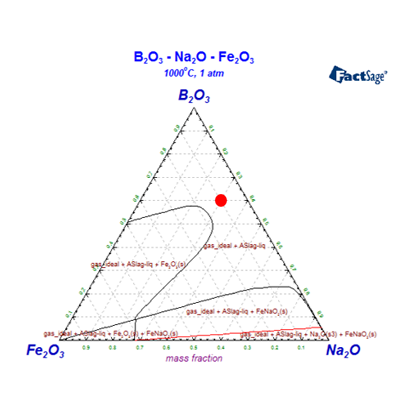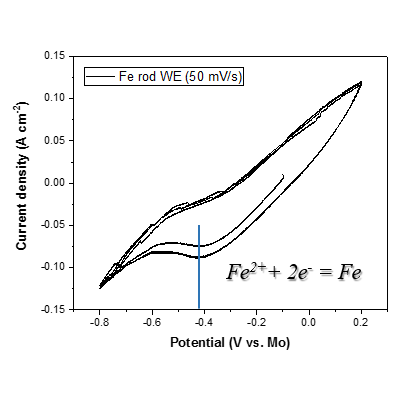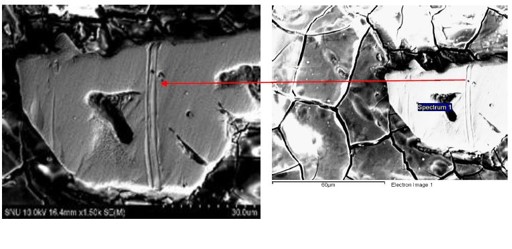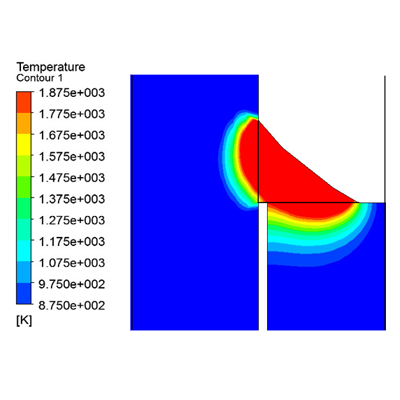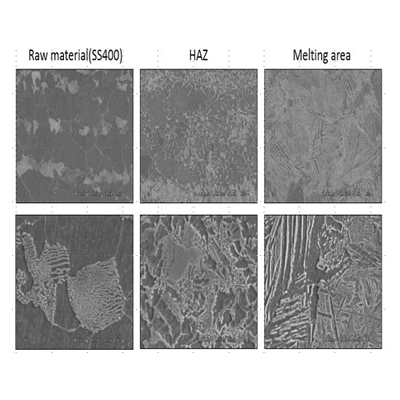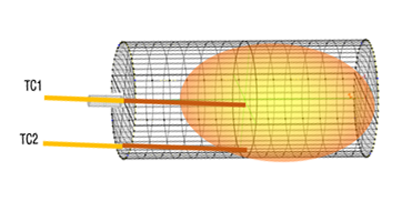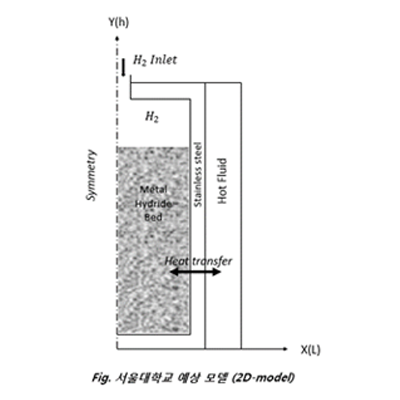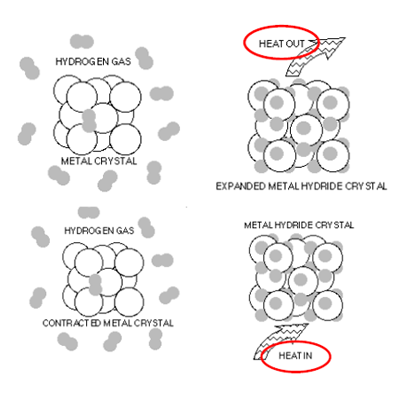Research
Introduction
Research
1. Steel making process
1-1. Inclusion analysis in ladle furnace
Secondary refining process is conducted in ladle furnace before continuous casting process. Processes in ladle furnace are alloying, temperature and chemical homogenizing ang non-metallic inclusions removal. The flow inside the reactor is calculated using Navier-Stokes equations and velocity field at each position and time by the momentum interactions between fine grids is calculated. Using the velocity profile of the fluid calculated above, we solve the transportation equation considering diffusion and convection of the input element. By comparing the amount of Gibbs energy change accompanying the reaction, it is possible to predict various phases occurring simultaneously.
<figure 1-1-1>
<figure 1-1-2>
<figure 1-1-3>
1-2. Solidification of hypo-peritectic steel in continuous casting
The behavior of solidification of steel in continuous casting affects quality of slab. Hypo peritectic steel has high possibility of surface crack susceptibility especially because of shell shrinkage by thermal contraction and phase transformation. Hypo peritectic steel passes peritectic reaction (L+δ→γ) and peritectic transformation (L→γ and δ→γ). But the experimental studies showed various transformation rate, undercooling and transformation mechanisms. So, a model of peritectic transformation is necessary to understand complex transformation behavior. This model consists of transport phenomena, thermodynamic analysis and empirical equations. The results show the mechanism of crack generation using phase fraction according to temperature and strain rate during phase transformation.
<figure 1-2-1>
<figure 1-2-2>
<figure 1-2-3>
<figure 1-2-4>
1-3. Solid particle behavior in fluidized bed
The design, optimization and scale-up of fluidized bed reactor type require a precise understanding of the flow behavior. But, It is difficult to directly observe the flow behavior in a fluidized bed reactor used in a real industry. So, Computational fluid dynamics(CFD) simulation is used to investigate the flow behavior and Euler-Lagrange model known as the dense discrete phase model(DDPM) is applied. This model can depict the typical core-annular flow in fluidized bed riser Typical core-annular flow show that solids concentration is lower and axial solids velocity is higher in the center while solids concentration is higher and axial solids velocity is lower at the wall. Ultimately, investigate the flow behavior according to various process conditions, gas velocity, solids mass flow rate, geometry design, to increase process efficiency and productivity.
<figure 1-3-1>
<figure 1-3-2>
2. Smelting process
2-1. Numerical analysis of S-furnace in Mitsubishi process
To understand complex behavior in the smelting furnace of Mitsubishi continuous process for copper refining, comprehensive 3-D numerical simulation and field experiment were performed. The numerical simulation results showed that strong and complex velocity fields of gas, matte and slag were generated in the furnace and large amounts of matte and slag were splashed into the gas area. Temperature measurements at the lance during field operation revealed that wide range of temperature variation appeared depending on the injection condition of concentrates. Numerical simulation results provided good agreements with experiments results and showed that the chemical reaction induces temperature increase during gas injection period.
<figure 2-1-1>
<figure 2-1-2>
<figure 2-1-3>
<figure 2-1-4>
2-2. Electrowinning of iron from the molten oxide electrolyte
Ironmaking process in blast furnace emit 80% of CO2 gas of steel making precesses. So, we analyze electriwinning of iron from the molten oxide electrolyte for decrease of CO2 emissions. This technology starts with the concept of dissolving iron oxide in an electrolyte and then electrochemically separating it into iron and oxygen. Oxide electrolytes ensure high solubility of iron oxide, and O2 is generatred as a by-product of iron reduction rather than CO2 using non-reactive electrodes. So we obtain concentration range for electrolye melting iron oxide using thermodynamic calculatation. And reaction in cathode and anode is analyzed using electrochemical analysis for applied potential to metal reduction. Additionally, we analyze the composition and microstructure of the meterial by XRD, EDS.
<figure 2-2-1>
<figure 2-2-2>
<figure 2-2-3>
<figure 2-2-4>
3. Numerical analysis for material processing
3-1. Numerical analysis for Weldzone reliablilty test
Welding is the most widely used joining process using enormous heat to bond two materials. Thermal deformation and microstructure change occur during welding becuase material is melted and solidified by phase transformation repeatedly. Especially, Heat affected zone(HAZ) which os not melted and has phase transformation by welding heat has very poor porperties so deformation or crack generation occur during welding process. So, for the reliability test of the weld, the temperature distribution calculation through computational fluid dynamics analysis must be performed. As a result, the welds zone were classified according to the temperature cycle and the result at each point using temperature distribution. We observe microstructure of the actual welded specimens for effect of heat and comparing calculation results.
<figure 3-1-1>
<figure 3-1-2>
<figure 3-1-3>
<figure 3-1-4>
3-2. Numerical analysis for hydrogen storage device design
Metal hydride alloys are a promising type of material in hydrogen storage applications, allowing for low-pressure, high-density storage. However, while many studies are being performed on enhancing the hydrogen storage properties of such alloys, there has been little research on large-scale storage vessels which make use of the alloys. In particular, large-scale, high-density storage devices must make allowances for the inevitable generation or absorption of heat during use, which may negatively impact functioning propertiesof the alloys. In this study, we develop a numerical model of the discharge properties of a high-density MH hydrogen storage device. Discharge behavior for a pilot system is observed in terms of temperature and hydrogen flow rates. These results are then used to build a numerical model and verify its calculated predictions. The proposed model may be applied to scaled-up applications of the device, as well as for analyses to enhance future device designs.
<figure 3-2-1>
<figure 3-2-2>
<figure 3-2-3>
<figure 3-2-4>



